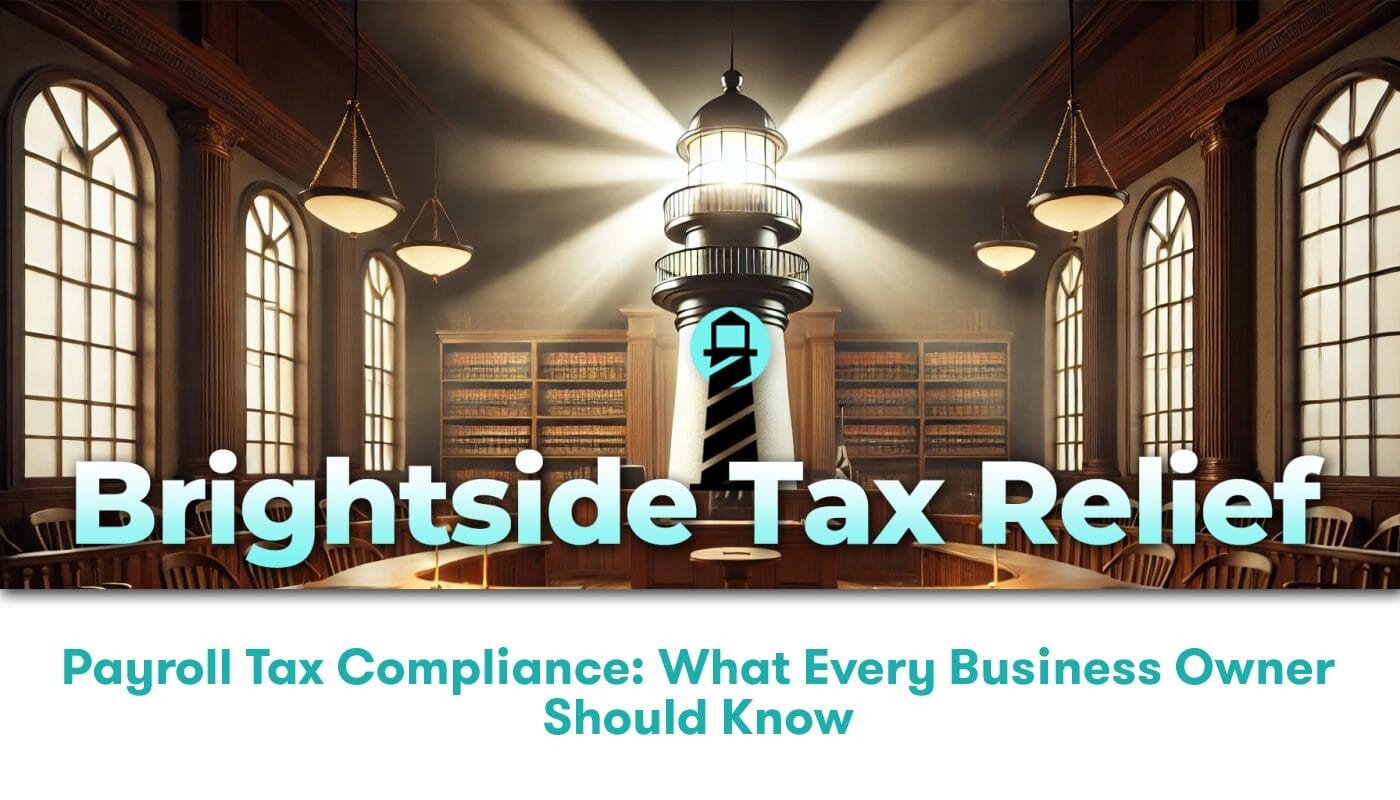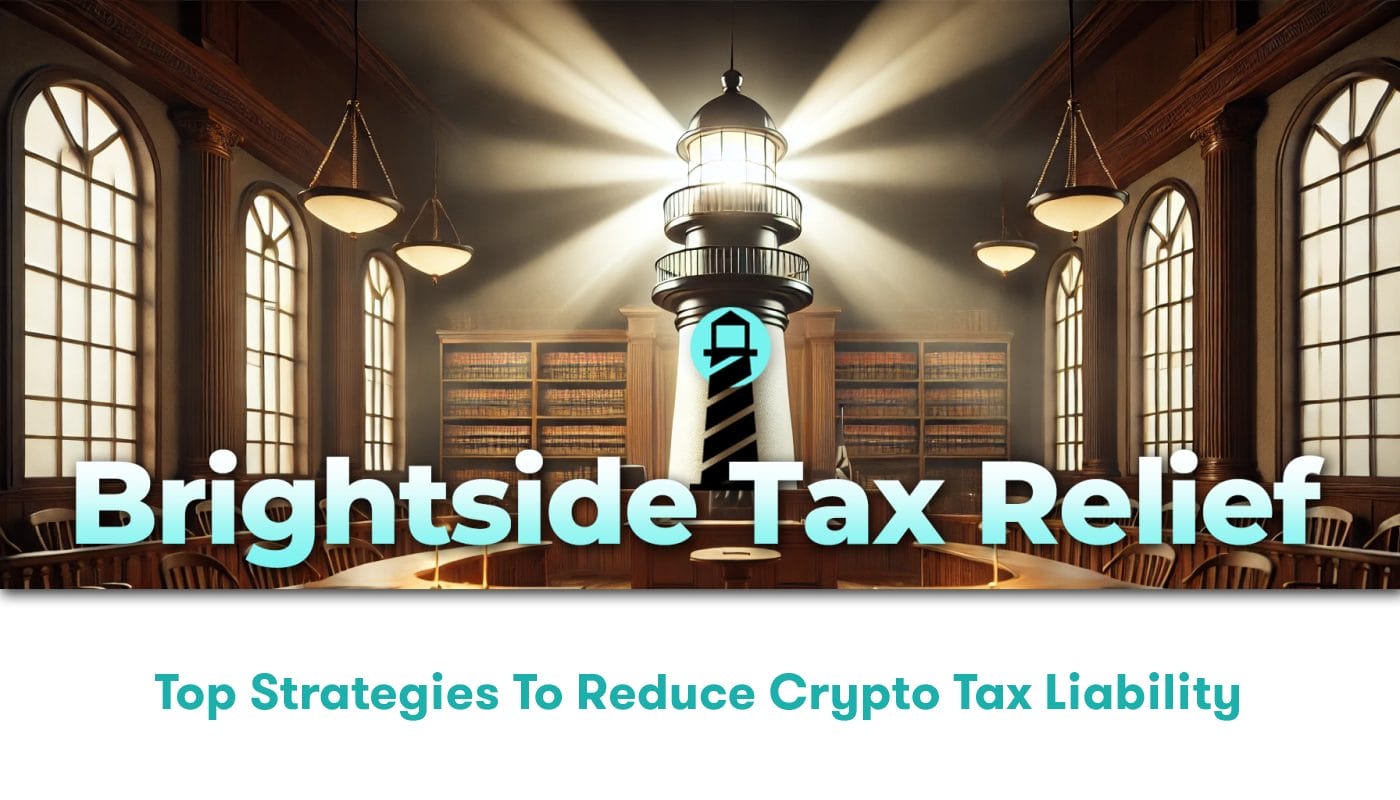Understanding the Alternative Minimum Tax: An Overview
Every taxpayer has a responsibility to understand the various facets of taxation, and the Alternative Minimum Tax (AMT) is one of them. AMT is a mandatory alternative to the standard federal income tax, designed to prevent higher-income individuals from using special tax benefits to pay very low or no tax. However, with its associated complexities, it often leaves many bewildered about its working and impacts.
The AMT came into existence in 1969, targeting a small group of high-income individuals who made use of tax breaks to avoid paying any federal income tax. Over the years, as tax rules changed, more and more taxpayers found themselves subject to the AMT. To make navigating taxes easier for those impacted, Brightside Tax Relief is dedicated to providing comprehensive and user-friendly information about all aspects of tax law, especially the often misunderstood AMT.
Understanding How the AMT Works
The AMT works as a parallel tax system to the regular Federal Income Tax, and it functions as an additional layer to a taxpayer’s tax calculation. It operates independently of the standard tax calculation and starts with your adjusted gross income. Certain tax deductions allowed under normal tax rules are added back into your taxable income, under the AMT rules.
The nutshell of AMT calculation involves subtracting the AMT exemption amount from your income and then applying the appropriate AMT rate to the remaining amount. It’s crucial to note that the AMT exemption amount begins to phase out at a certain income threshold, which signifies that higher-income individuals receive lower exemptions.
Determining AMT Liability
A taxpayer is liable for the AMT only if their Minimum Tax is higher than their regular tax. In essence, each taxpayer calculates their Federal Income Tax in two ways – under the regular tax method and under the AMT system. If the tax calculated under the AMT system is more significant, the taxpayer pays the regular tax plus the difference between the two amounts, known as the AMT.
It’s essential to note that the Tax Cuts and Jobs Act (TCJA) of 2017 significantly impacted the AMT, increasing the AMT exemption amounts and implementing higher phase-out thresholds. These adjustments mean fewer people are now subject to the AMT than ever before.
Ingredients to the AMT Mix
Several factors or adjustments tend to trigger the AMT, such as:
- Significant state and local tax deductions
- Large numbers of personal exemptions
- Interest from private-activity municipal bonds
- Exercise of in-the-money incentive stock options (ISOs)
Each individual’s tax situation is unique, and therefore these are just some factors that might increase AMT liability.
Navigating the World of AMT
Navigating through the AMT can seem a daunting task due to its dependence on various factors, each with its remarkable complexity. Engaging tax experts like us at Brightside Tax Relief can ease this burden. Not only can we help calculate your potential AMT liability, but also strategize about how to reduce or eliminate your AMT liability in the future.
More Information on AMT
For deeper insights, check out Topic No. 556 Alternative Minimum Tax on IRS that provides in-depth and updated information on the Alternative Minimum Tax. It’s the ultimate resource in your endeavor to understand and plan your AMT.
Final Thoughts
Tax laws are complex, and understanding each aspect can be a strenuous process. However, with the right knowledge and guidance, these complexities can be unravelled. The AMT, although designed for higher-income individuals, may affect many others. Thus, understanding it and planning accordingly is prudent.
Through comprehensive discussions and expert advice, we at Brightside Tax Relief aim to lighten the tax-related burdens that our clients might face. We stay abreast of the latest tax laws, ensuring we provide our clients with the most accurate and helpful information on all types of taxes, including the Alternative Minimum Tax.






